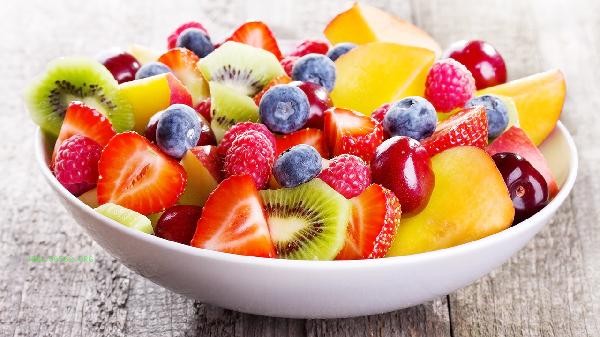The standard dosage for intravenous injection of 50% glucose during hypoglycemic episodes is 20-40 milliliters, and the specific dosage needs to be adjusted based on blood glucose levels, patient weight, and clinical symptoms. The main influencing factors include the severity of hypoglycemia, patient age, underlying disease status, medication history, and response to treatment.

1. Blood glucose level:
When blood glucose is below 2.8 mmol/L, immediate glucose injection is required. Mild hypoglycemia of 2.2-2.8 mmol/L is usually given 20 milliliters, while severe hypoglycemia of<2.2 mmol/L or coma patients can increase to 40 milliliters. After the injection, blood glucose should be retested within 15 minutes. If it does not meet the standard, the medication can be repeated.
2. Patient weight:
For adults, the glucose dosage is calculated at 0.5-1g/kg, and 50% glucose contains 5g of glucose per 10ml. For patients weighing 50kg, it is recommended to use 20-30 milliliters, while for patients weighing over 70kg, up to 40 milliliters can be used. The dosage for children should be accurately calculated as 2-4ml/kg of 50% glucose, with a maximum single dose not exceeding 25 grams.
3. Clinical symptoms:

When central nervous system symptoms such as consciousness disorders and seizures occur, sufficient medication should be administered. 40 milliliters can quickly correct the glucose deficiency state of brain cells. For patients with simple palpitations and sweating, 20 milliliters can be given first to avoid excessive use leading to rebound hyperglycemia.
4. Basic diseases:
For patients with diabetes and renal insufficiency, the dosage should be reduced by 20%, and for patients with liver failure, the dosage interval should be extended if the metabolism slows down. For patients with heart failure, the injection speed should be controlled within 3-5 minutes to prevent excessive circulatory load.
5. Treatment response: If there is no relief within 30 minutes after
injection, refractory causes such as insulinoma and alcoholic hypoglycemia should be considered. At this time, continuous intravenous infusion of 10% glucose is needed to maintain blood sugar, rather than repeated injection of hypertonic glucose.

After injecting 50% glucose, continuous monitoring of blood glucose changes is required. It is recommended to test once every hour until it stabilizes. Patients who are sober should also take 15-20g of carbohydrates orally, such as biscuits, fruit juice, and other long-acting sugar sources. Repeated hypoglycemia attacks need to be investigated for the causes of excessive hypoglycemic drugs, abnormal insulin secretion, and long-term prevention can be carried with glucose gel for standby. Elderly patients and pregnant women should be alert to electrolyte imbalance caused by osmotic diuresis when using high osmotic glucose, and drink moderate amounts of water after injection to supplement blood volume.








Comments (0)
Leave a Comment
No comments yet
Be the first to share your thoughts!